The 14th century gave rise to the idea of the Renaissance man: an individual who is gifted in a broad range of areas from the arts to the sciences. Leonardo Da Vinci, for example, is famous for his art—painting masterpieces such as the Mona Lisa–but is also known as a scientist and inventor.
During this era, many great thinkers believed art and science to be complementary and interwoven disciplines, with one area of knowledge and skill benefiting the other. Too often today, people believe they must choose to be either a “humanities” person or a “STEM (science, technology, engineering and mathematics)” person, and of the two, more and more people are choosing to be STEM majors in college.
According to College Board, students in high school take more AP classes in the humanities than in STEM subjects, with the top three AP exams being AP English Language and Composition, AP United States History and AP English Literature and Composition; however, upon reaching college, the popularity of these subjects drops significantly among students.
In 2010, there were four times as many arts and humanities majors at the University of Maryland, College Park (UMD) as computer science majors. By 2023, however, arts and humanities majors had declined to 2,400, while the number of computer science majors had increased to 3,300. Similarly, at Harvard College, the number of freshmen planning to concentrate in the humanities dropped from 27% in 2006, to 18% in 2016 to 7.1% in 2021. While Harvard University has 58 English faculty members and 48 graduate students, only 31 seniors graduated with an English degree in 2022.
CHS is not immune to this trend. The top five majors of graduating seniors polled at the end of last year by The Purple Tide were, in order of most popular: computer science, business, undecided, biology and psychology. Even many students who have a passion for history or a love for literature plan to pursue a career in STEM after high school because “I’d make no money as a history or English major.”
The declining popularity of humanities majors is leading to significant changes at universities that will be difficult to reverse. Colleges across the country, big and small, public and private are shrinking or eliminating foreign language programs and majors in the arts, classics and religion. The board of Marymount University recently voted to phase out 10 programs, including history, English and religious studies. In 2023, proposals at Harvard to merge smaller foreign language departments were motivated by what Harvard’s Arts and Humanities Dean Robin E. Kelsey said was “a sense that interests of students and scholars no longer align as well as they once did with our curricular structure.”

Many of the trends towards STEM and away from the liberal arts can be attributed, in part, to the rising cost of attending college in the U.S., which grew 180% from 1980 to 2020. The exorbitant cost of college has placed pressure on students to choose majors in which they will receive the biggest financial reward after graduation. After the first four years after graduation, the average salary for college graduates at UMD with a bachelor’s degree in computer and information sciences, was $116,000, more than double that of history graduates ($53,000) and English graduates ($47,700). Parental pressure to pursue careers in the quintessential list of respectable fields including, but not limited to, medicine, law and engineering have also led many students to choose the “safest” major and career path.
With the high cost of college, future income prospects and parental pressure in mind, students are often led to choose a major that is the most lucrative, even if it is not the field for which they have the most passion, interest or even talent. It would be a shame if the number of humanities majors continues to drop because we need people who can appreciate art, literature, history and philosophy, among other fields of knowledge.
Knowledge of science, technology, engineering and mathematics fields are critical for our society; however, it is equally important that students do not study those areas to the exclusion of all other fields that contribute to a healthy society. Recognizing this need, many educators are encouraging students and teachers to adopt STEAM teaching methods—the added A signifying the addition of the arts—as part of a STEM education. In addition, universities are starting to create new majors that blend different subjects, such as Cornell University’s Biology & Society major and Princeton University’s Technology and Society major, which combine science with humanities and social science perspectives.
Some people think of themselves as left-brained or right-brained thinkers: left-brained thinkers are said to be more methodical and analytical, whereas right-brained thinkers are more artistic and creative. In reality, we all need both sides of our brain to function. Students should do what makes them happy and fulfilled—whether that is pursuing STEM or the humanities. Hopefully, students can do more of what the great thinkers of the Renaissance aspired to do, which is to embrace all abilities and interests, and develop ourselves to our full human potential.






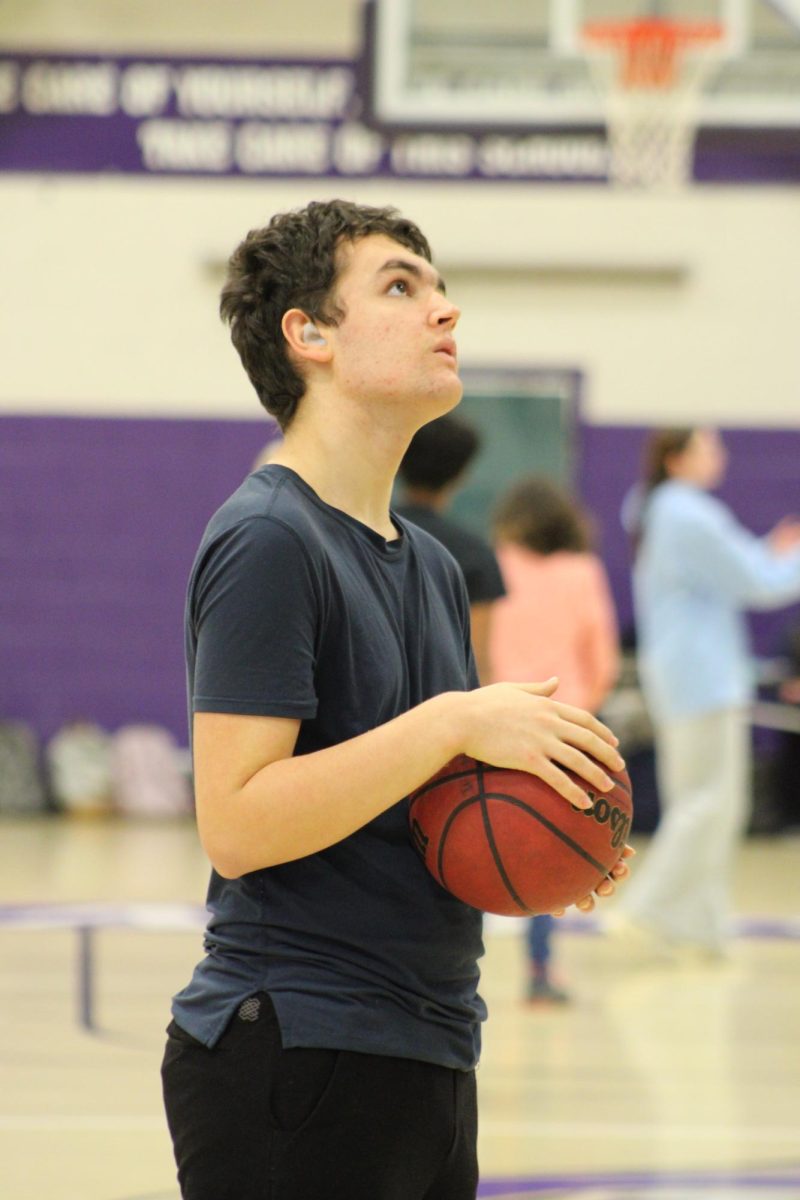
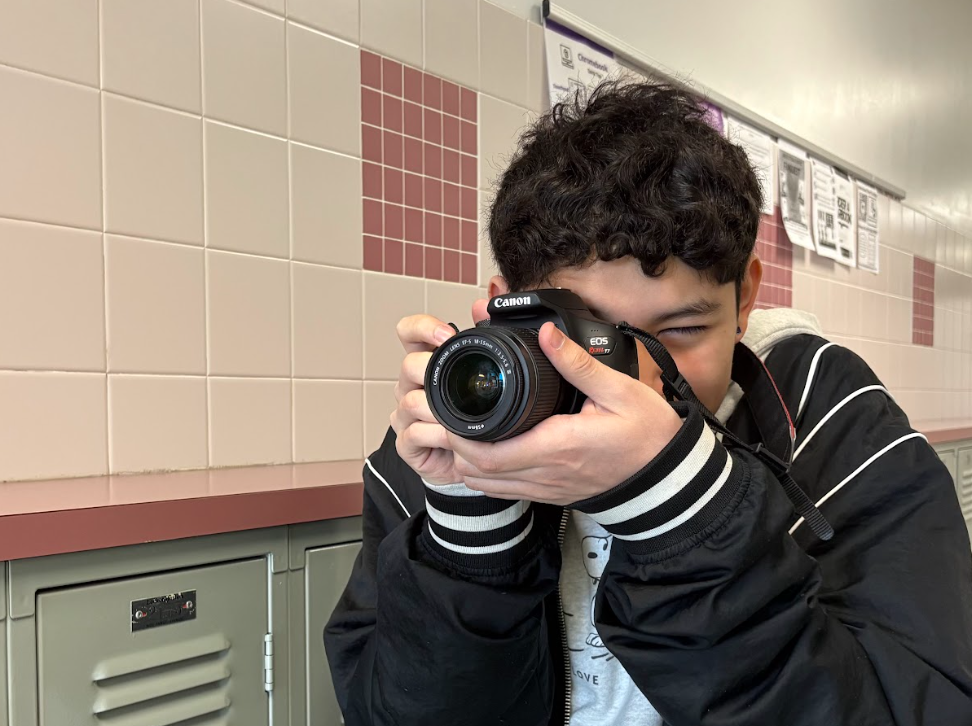
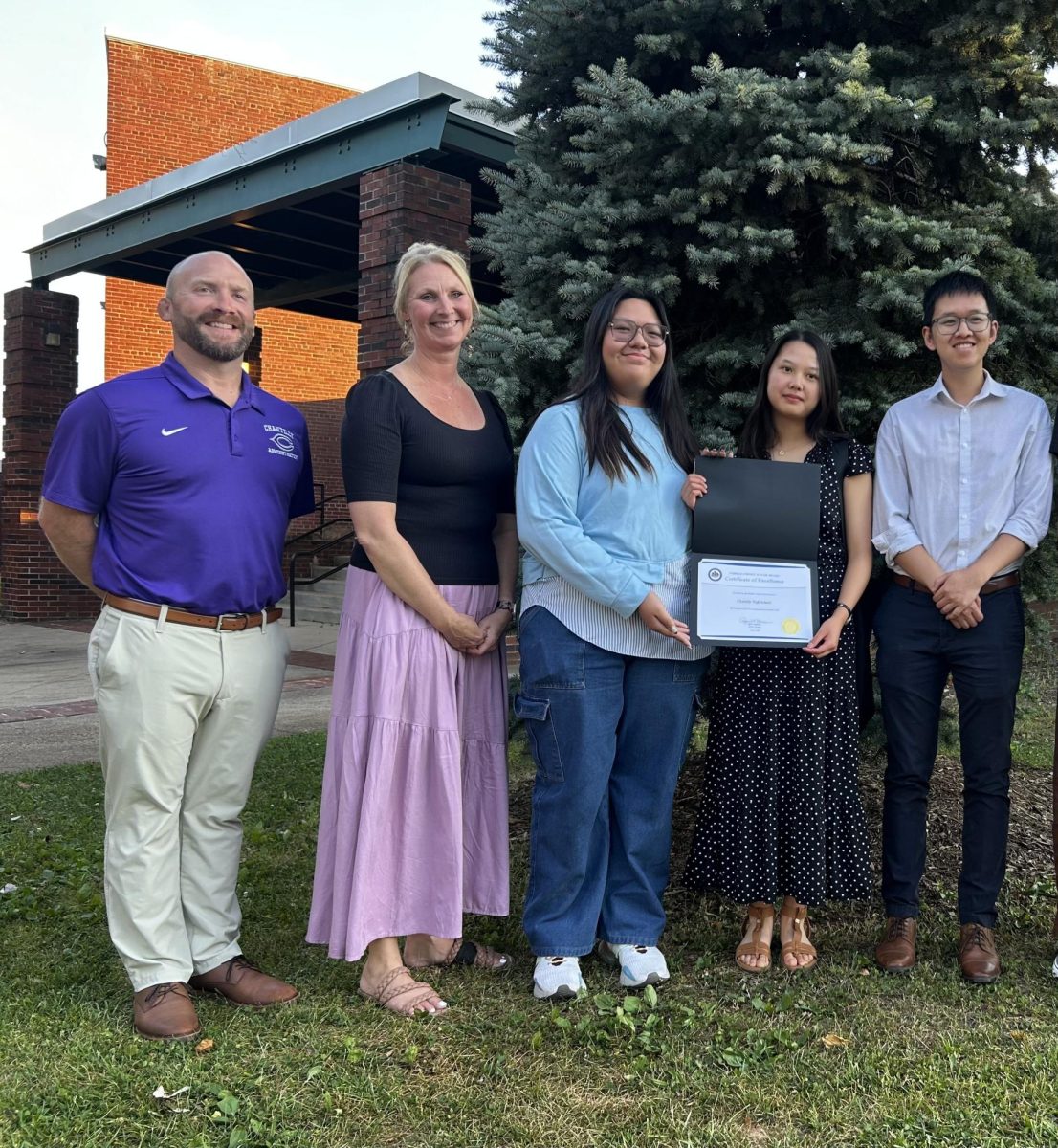
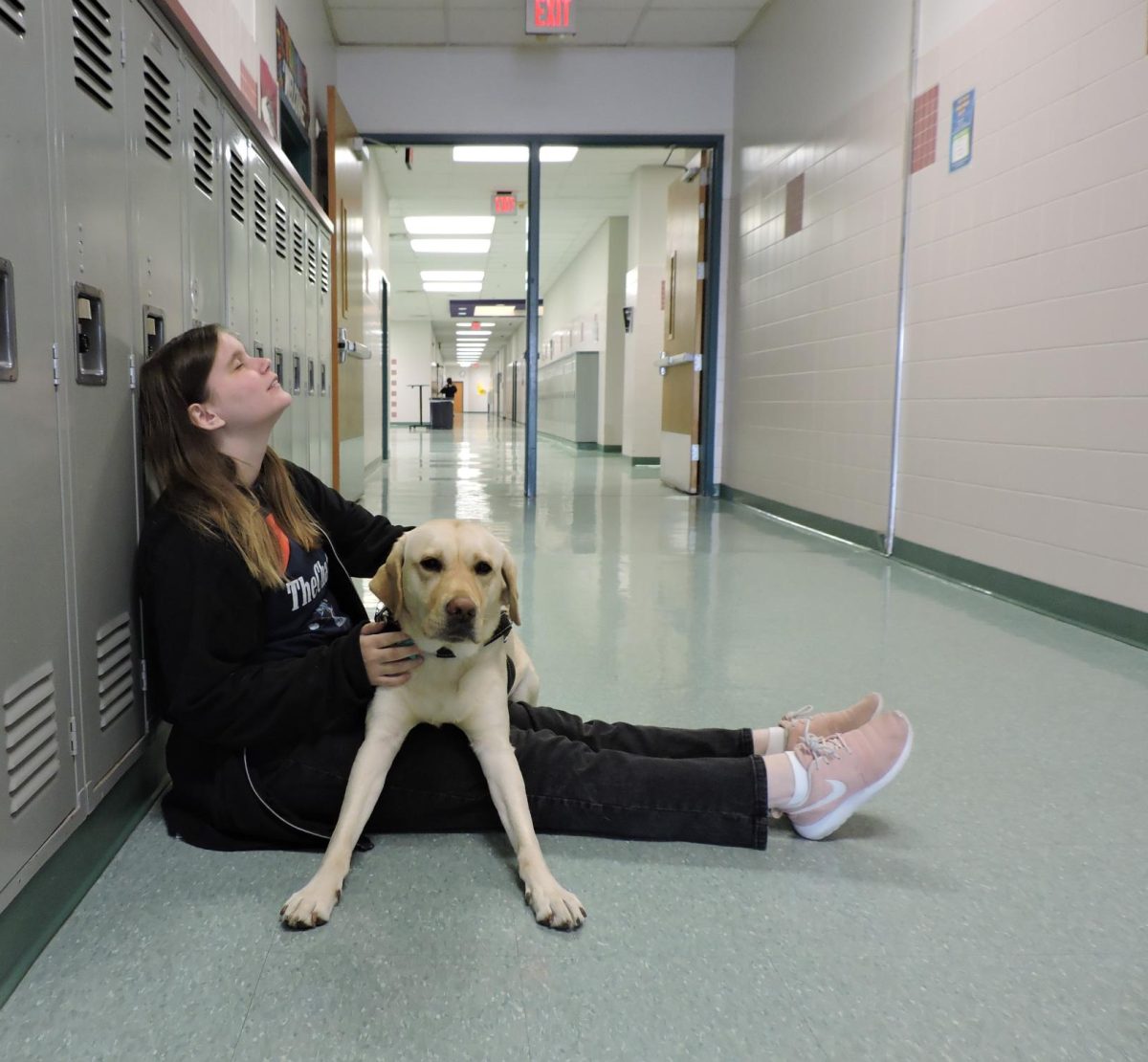

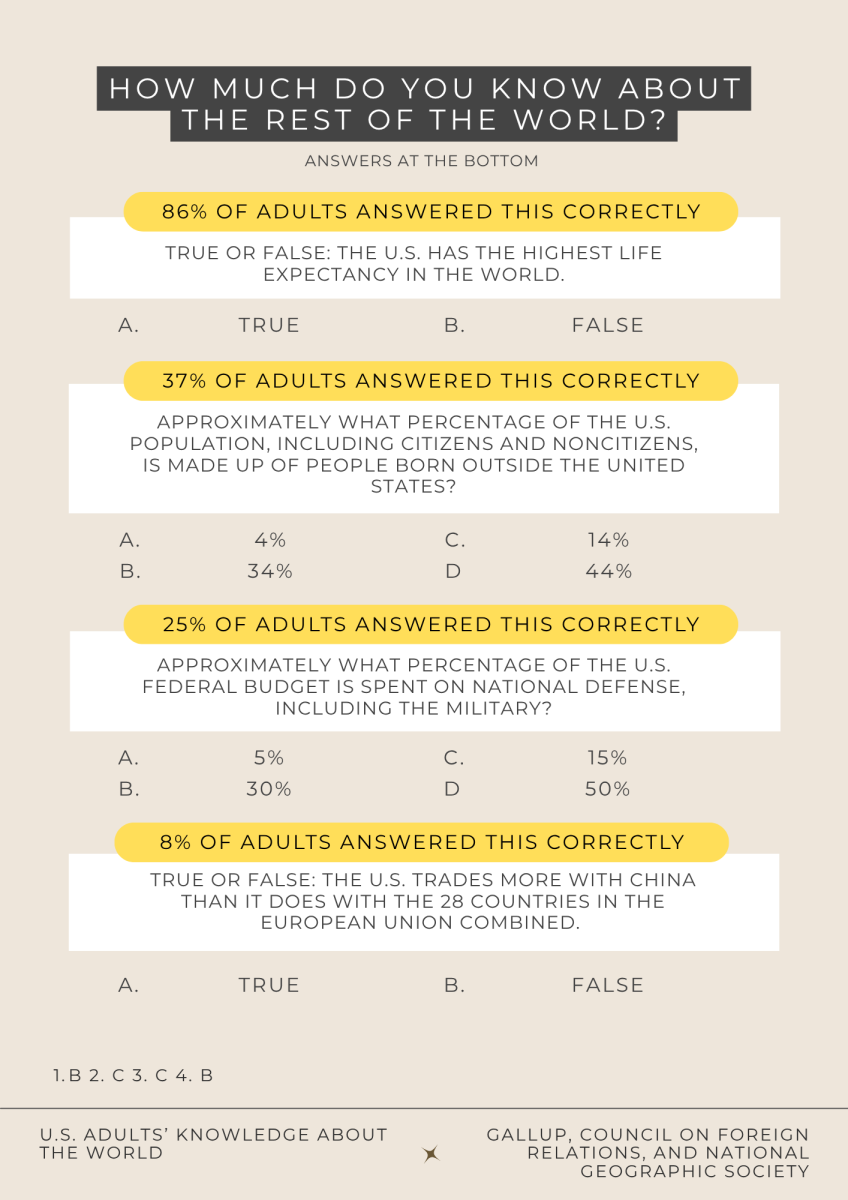


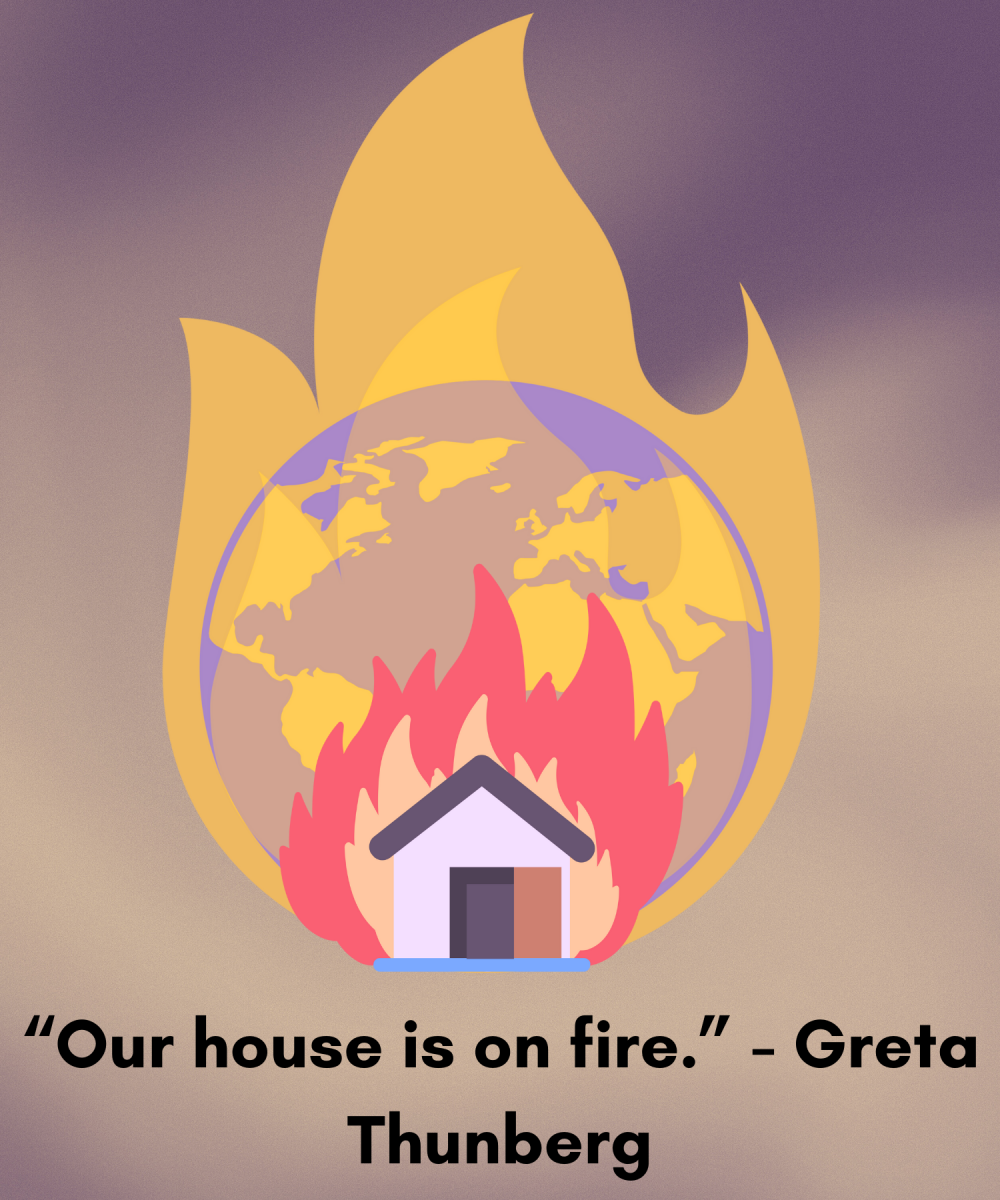


Kelly Barrett • Apr 24, 2024 at 8:28 am
This is an incredibly well-written, strongly researched article and so very relevant to young people today. I am the adviser of a NJ high school newspaper, and I will be sharing your award winning article with my journalism class to prompt discussions about not only your great topic but also the merits of the piece as it includes a variety of journalism best practices. I especially love your full circle opening and closing, and the compelling infographic. Your creative context is both relevant and engaging. Nicely done, and congratulations on your Best of SNO award. I read most of the winning pieces to share best practices with my students, and this is the most impressive article that I’ve read this school year. Good luck in your writing career, Ms. Gutierrez!